Women of the "giraffe" tribe in Shan State, Myanmar
That is the story of the "giraffe" tribe full of identity, their good lifestyle is worth our contemplation and learning.
It feels strangely peaceful to be in Shan State of this country. I, like many tourists from all over the world, have come here and will never forget the Kayan community.
We visited the border city of Tachileik (in Shan State, Myanmar). This special city is located poetically near the legendary confluence of the Mekong and Me Sai rivers, bordering the two neighboring countries of Laos and Thailand, where the center has a giant, bright sign “City of the Golden Triangle”. The Golden Triangle used to be a terrible land of up to 200,000 km², covering the territories of many countries, under the rule of the “opium king” Khun Sa, which once produced more than 70% of the drugs that poisoned this earth.
But now, that deadly past has been hidden, peace has returned. They have skillfully exploited the legend of the “land of the dead” in tourism. An example of this is the women, from young to old, who are strangely like “giraffes”. They have inspired us to think about the secret to preserving ethnic cultural identity in a “universal world ”, “integrating without being careful will lead to dissolving”.
The Kayan believe that the more rings a woman has around her neck, the longer her neck, and the heavier the spiral rings, the more noble and high-class she is.
My diary, when exploring this tribe, recorded the following information: The tribe of long-necked women has a very difficult and bumpy fate. In history books, this "group of people" is called the Khumlen aborigines, the Padaung tribe (also commonly known as the Kayan people), belonging to the Kareni ethnic group. Their language belongs to the Burmese-Tibetan group, with ancient origins in the country of Myanmar. People often know this tribe more with the name "long-necked people", English users call them "long neck people". The reason is that people here have the custom of wearing many metal necklaces for women, making their necks up to 40 cm long. The weight of the smooth and shiny necklace system shackled to the "weak willow and peach silk" can weigh up to more than 16 kg. Sometimes, there is a sense of humor that the necks of the women are no less long than their relatives... giraffes.
Because of the matriarchal system, all the prestige, “power”, and pride are concentrated in women, so the Kayan people believe that the more rings a woman has around her neck, the longer her neck, the bigger and heavier the spiral rings, the more noble and noble she is, and the more respected she is by the community. Frankly speaking, it is strange to see women in such a form. The whole world is surprised by that, this “custom” is considered to be unique on the planet.
The Golden Triangle, once notorious for producing more than 70% of the world's drugs, has now taken off thanks to the development of adventure tourism .
However, the Kayan women in Tachileik that I met all smiled and did not think so: “Women who do not wear necklaces are strange, they look ridiculous. I take off my necklace, every time I look in the mirror I have to… run away, because I am so ugly,” Phawar That confidently said, causing many tourists listening to smile.
Many tourists who went with me said that seeing the women walking stiffly and bewildered like giraffes, there was something very similar to a group of female warriors. Then a person who was knowledgeable about the customs of the Kayan tribe in Myanmar told me that they wore many necklaces around their necks because they had lived in the wild mountains for generations, and were afraid of being eaten by tigers (tiger often bites the necks of their prey when attacking). Some documents said that the ancestors of the Kayan people were "grandfathers" of snakes and "grandfathers" of dragons. When wearing "striped" necklaces and having long necks like this, the necks of the women of this tribe would look more like the necks of snakes and dragons. It also sounds very reasonable.
With a population of over 40,000 people, the Kayan tribe originally lived in Myanmar. However, due to war and many other consequences, since the 17th century, many Kayan groups have moved to Northern Thailand. Not to mention, around the early 1990s, the Kareni people, due to many special changes, fled to Thailand once again. Besides those who have lived in the deep forest for hundreds of years, the Kayan tribe has many people who are very enthusiastic about tourism. They were encouraged by extremely sharp minds who wanted to speed up Thailand's smokeless industry to leave the deep forest and "plan" in roadside villages in the northern provinces such as Chiang Rai, Mea Hong Sorn to... welcome tourists. It is true that the long, shiny necks of the ethnic group with strange customs have brought gold bars and silver ingots to Thai tourism. But we and many tourists still want to visit more "original" villages, in Myanmar.
A statue of drug lord Khun Sa was also erected to attract tourists.
Whatever the customs of this ethnic group, people must always respect, look at and respond to them with a kind heart.
We visited each house, the beautiful young girls comfortably confided in the mountainsides about the bracelets on their arms, legs, and especially around their necks. They were more confident when they had more bracelets, they felt more beautiful. That was the most important thing, because what happiness is, is first of all, it is felt and felt by each person. The old people sat weaving at the loom, their necks as long as the necks of mascots, they considered them ancestors (dragons). Someone objected to the way tourism was exploited by curiously looking at each girl, woman, and grandmother. That it was inhumane. Some young people decided to escape the scene of holding heavy metal bracelets like stones for people to walk around and look at, take pictures, then they returned to the capital, to do business in other areas in the metropolis as global citizens.
The drug museum with unique displays has had a warning effect on visitors.
No one is stopping these people from expressing their views and acting in their own way. But taking a tuk tuk to Shan State, hiking up the slopes, into the villages of the "long neck" tribe and visiting, tourism brings livelihood and pride in the ethnic cultural identity of the residents here, that is also a very good thing. Why not?
Perhaps, the problem lies in our attitude when thinking and behaving towards the customs, habits, and cultural traditions of the “long neck” people. More importantly, the people here need to be advised and supported to have the right way of thinking and they feel happy with what they are doing and will do, that’s enough. Therefore, my memory of the Kayan tribe is peace and quiet, which is clearly shown in their eyes and smiles.
I pray for Myanmar to miraculously recover and revive from the heartbreaking earthquake disaster - with inner strength and the wholehearted help of the international community.
LAM ANH
Source: https://baohaiduong.vn/bo-toc-nguoi-co-dai-o-myanmar-va-nhung-ky-uc-thien-lanh-408723.html


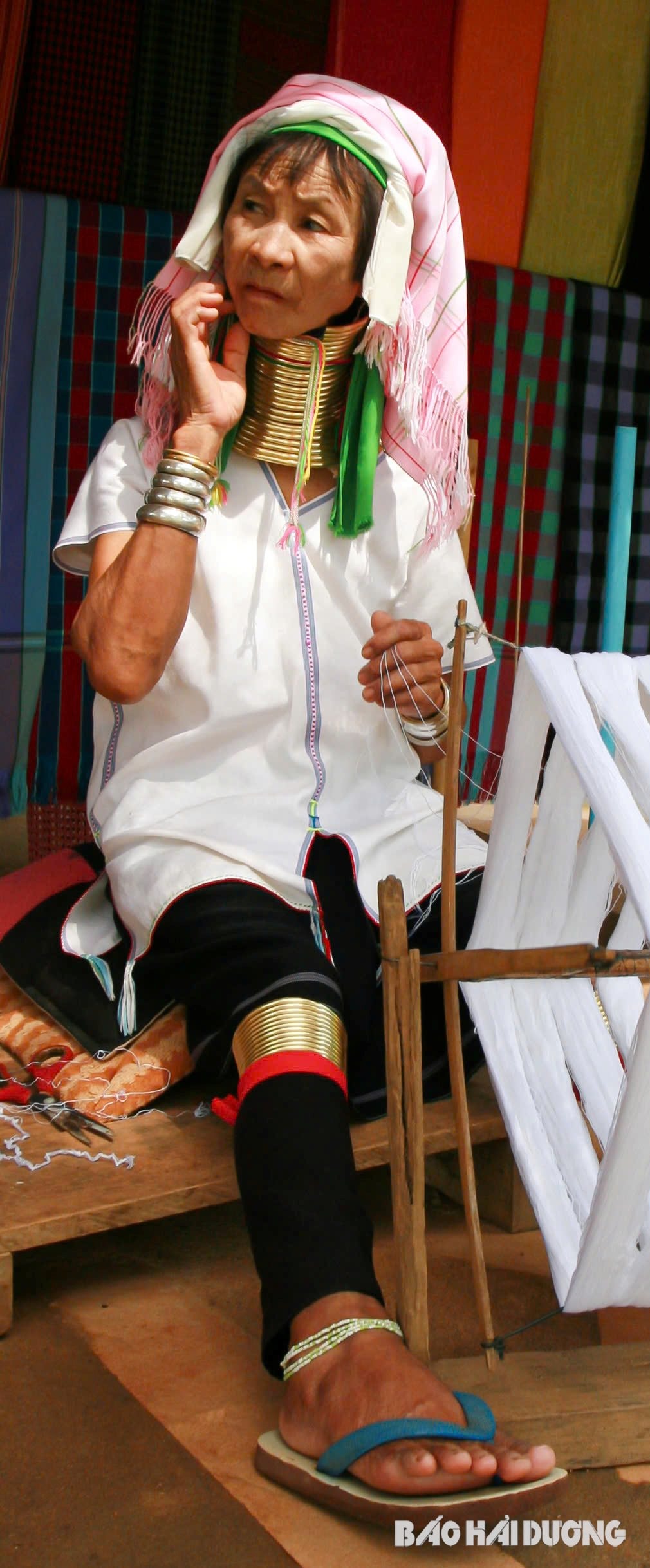
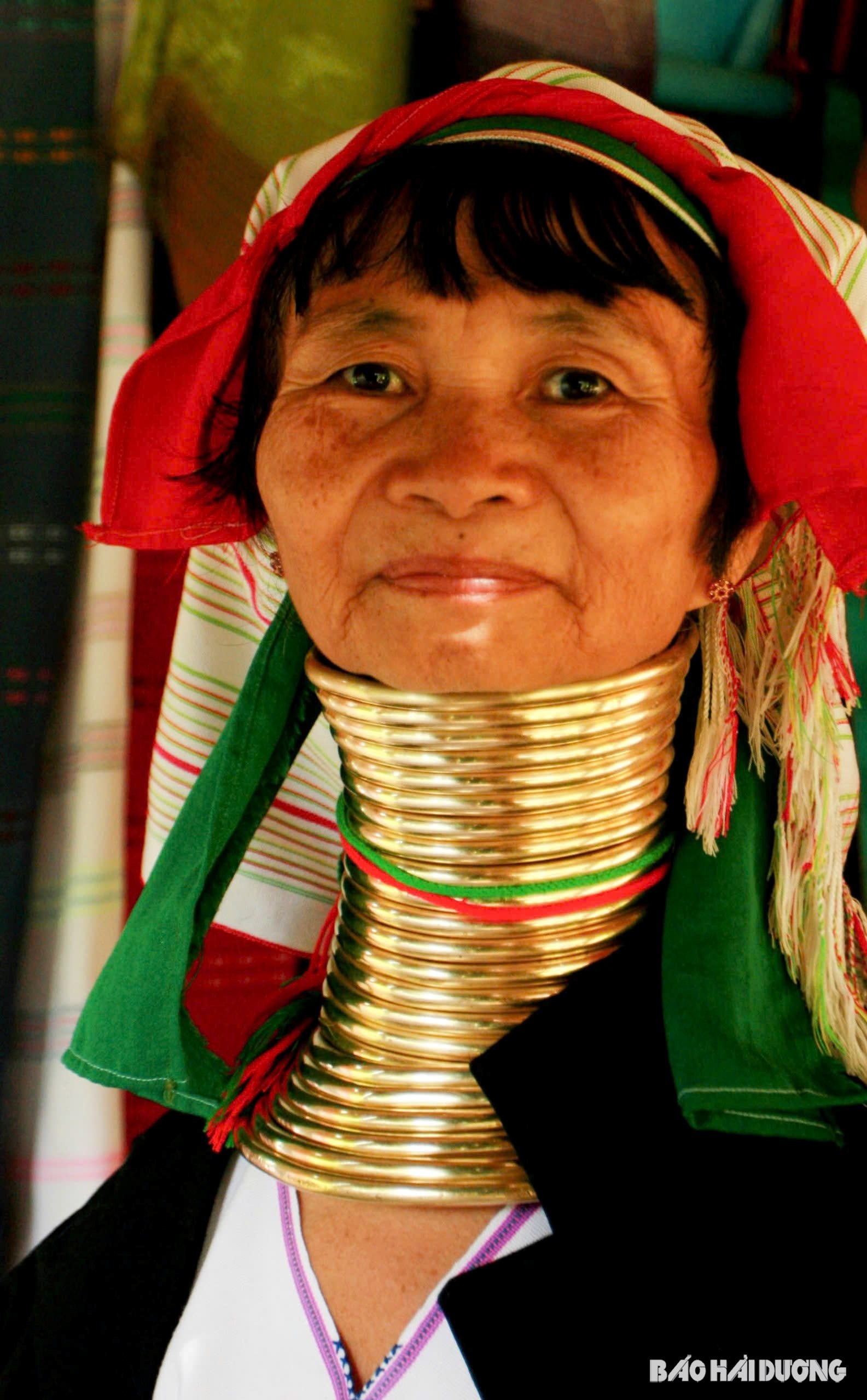
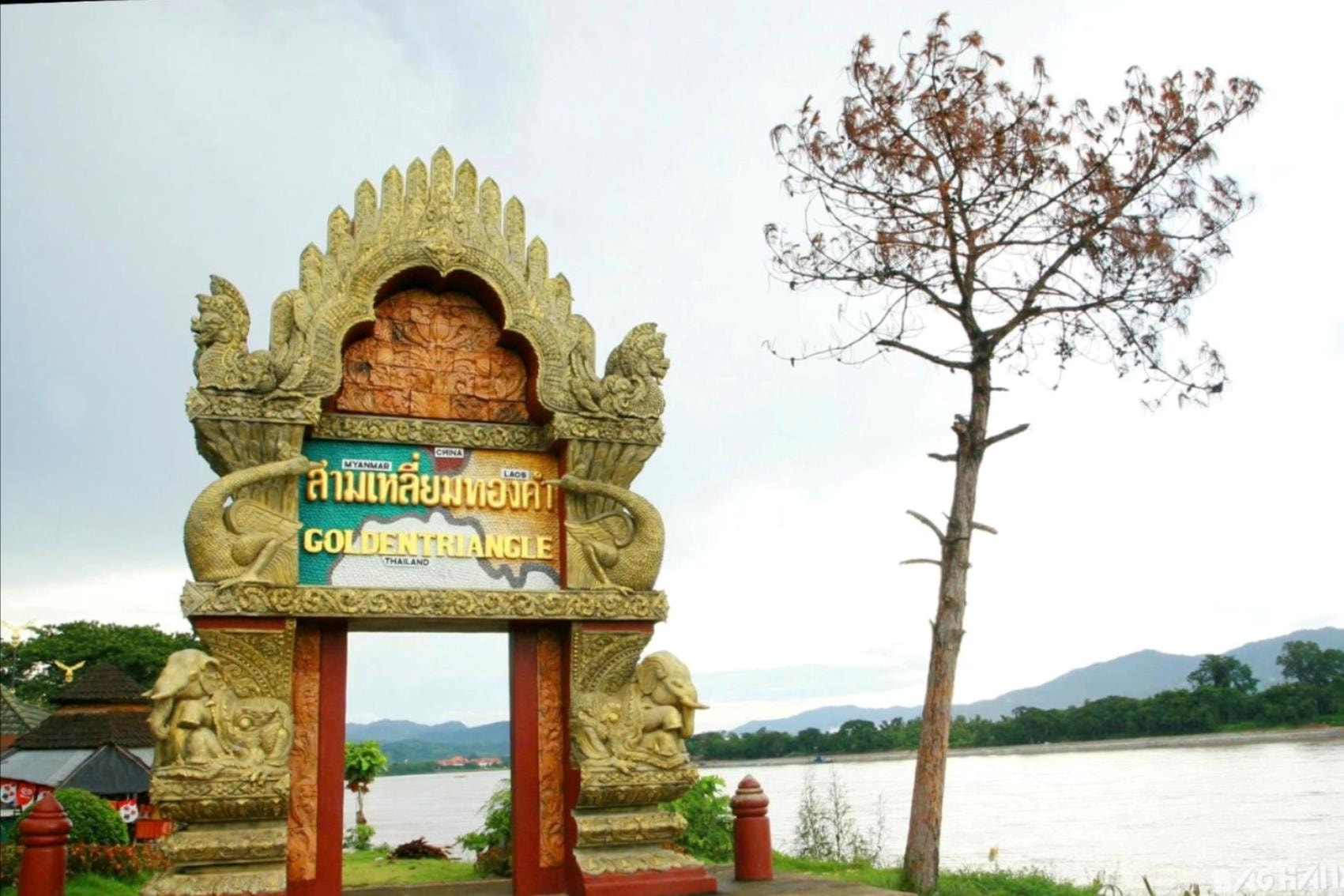
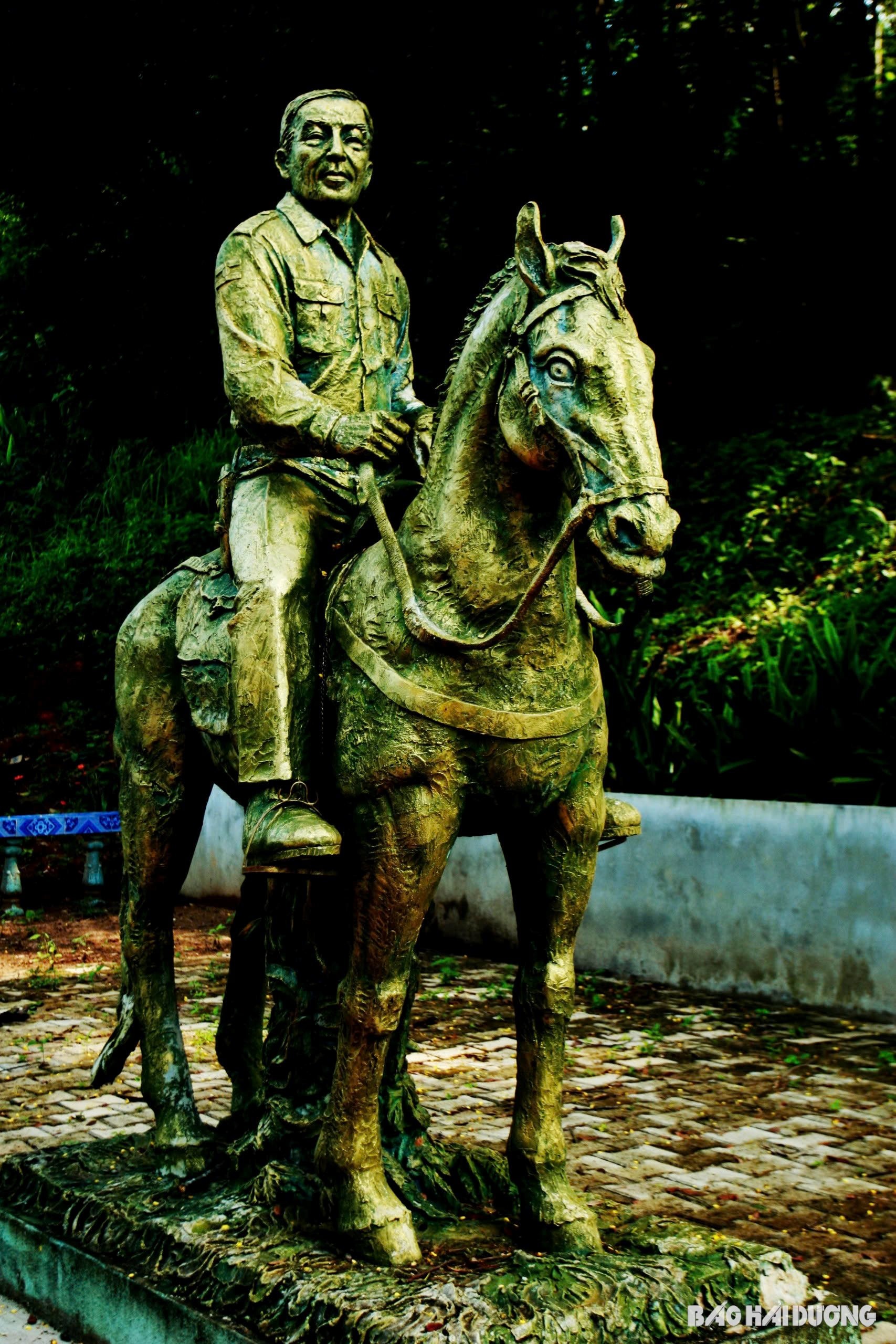
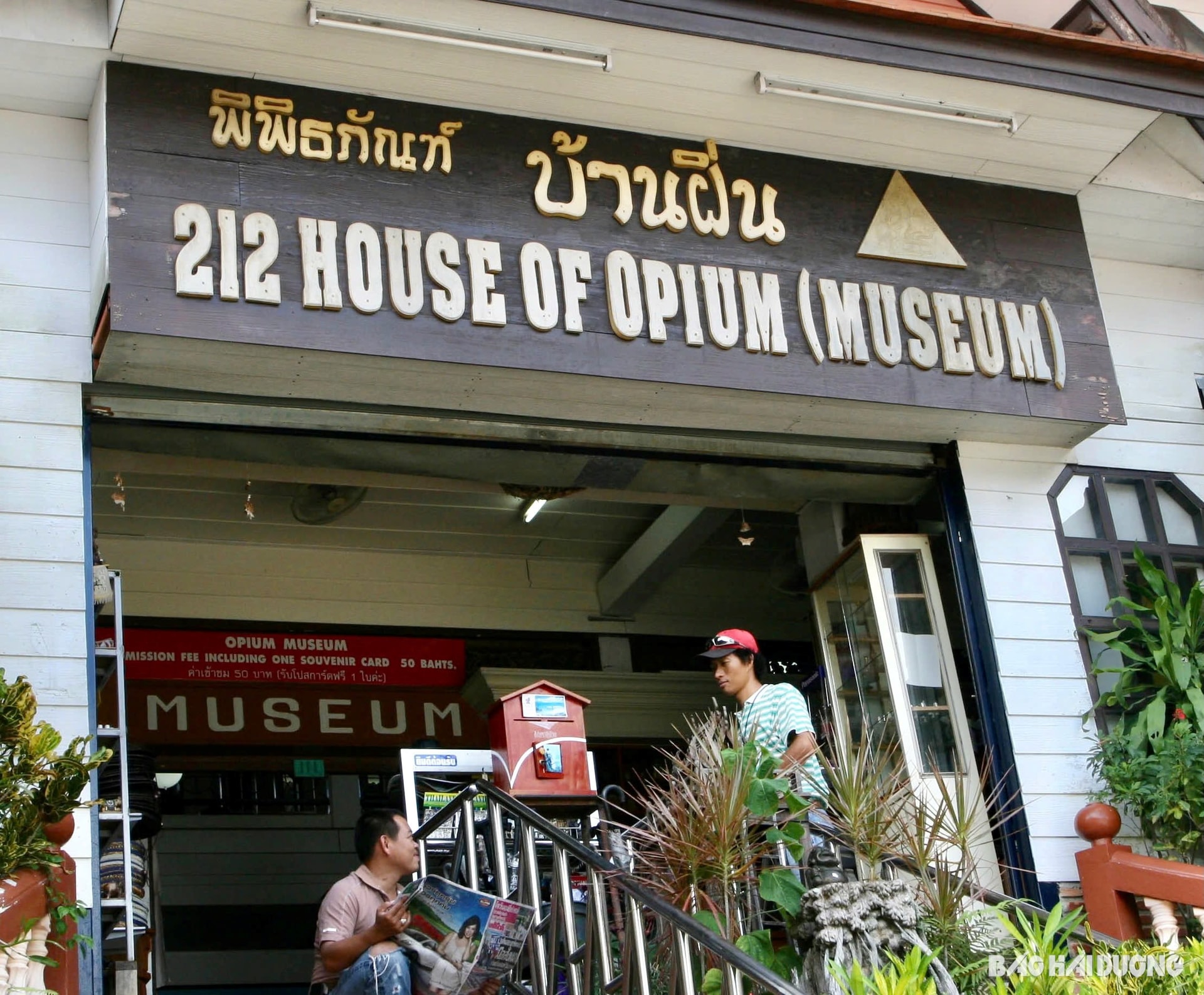
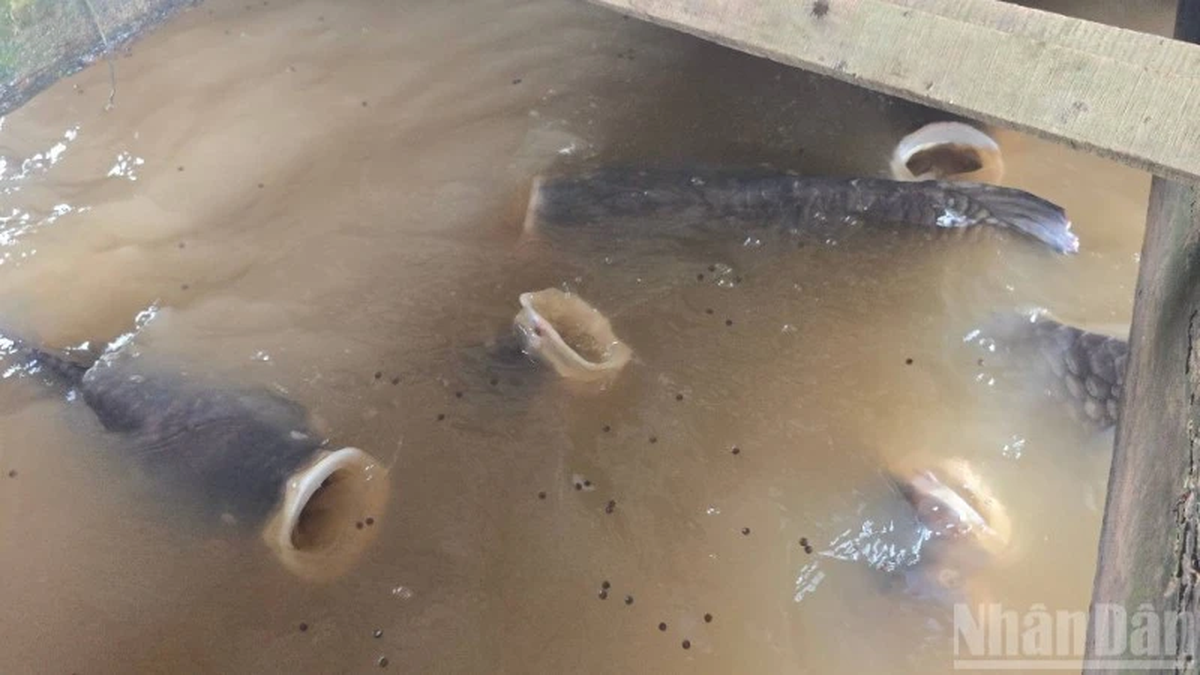


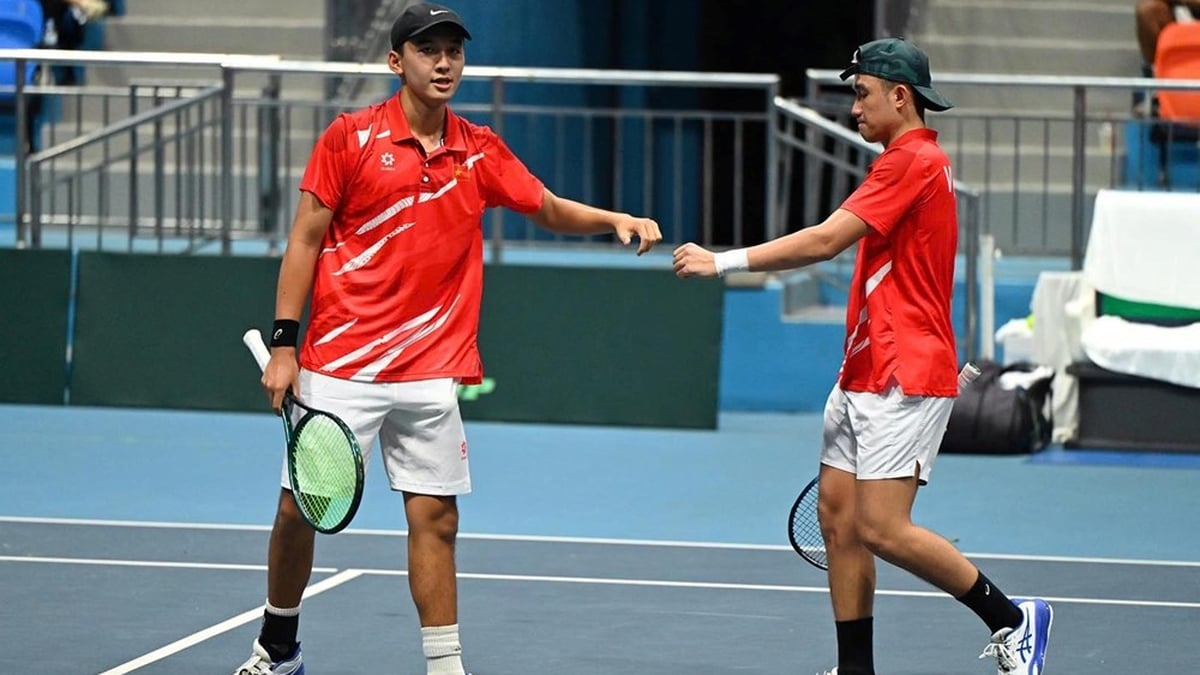
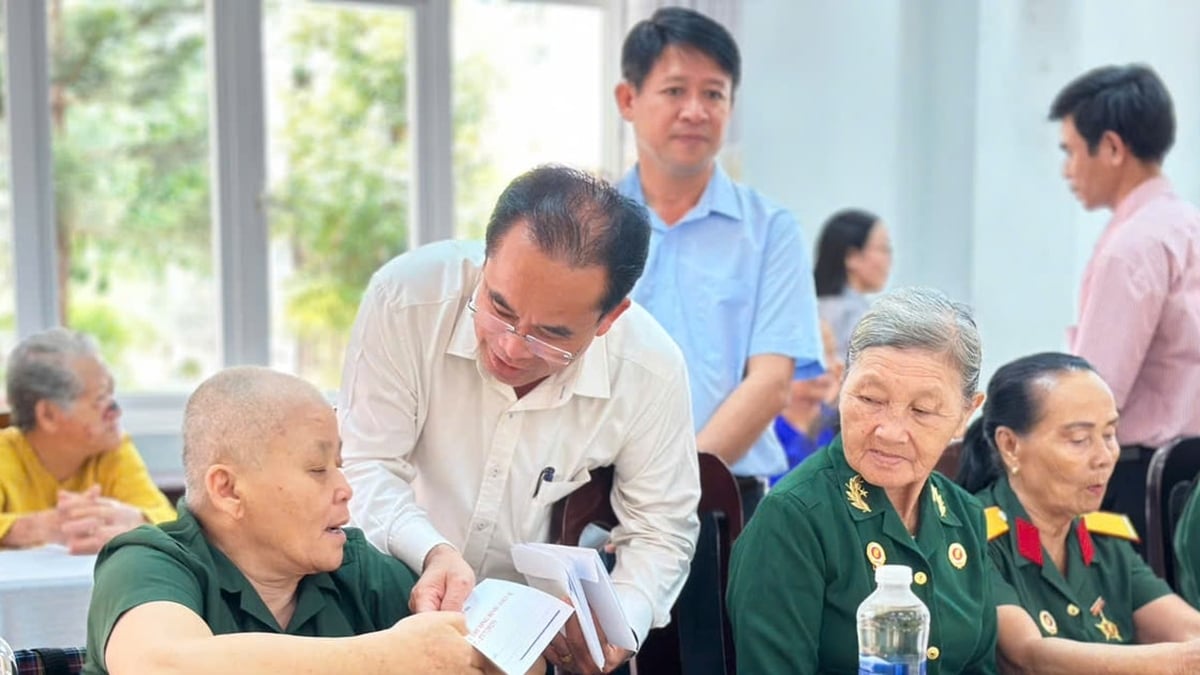

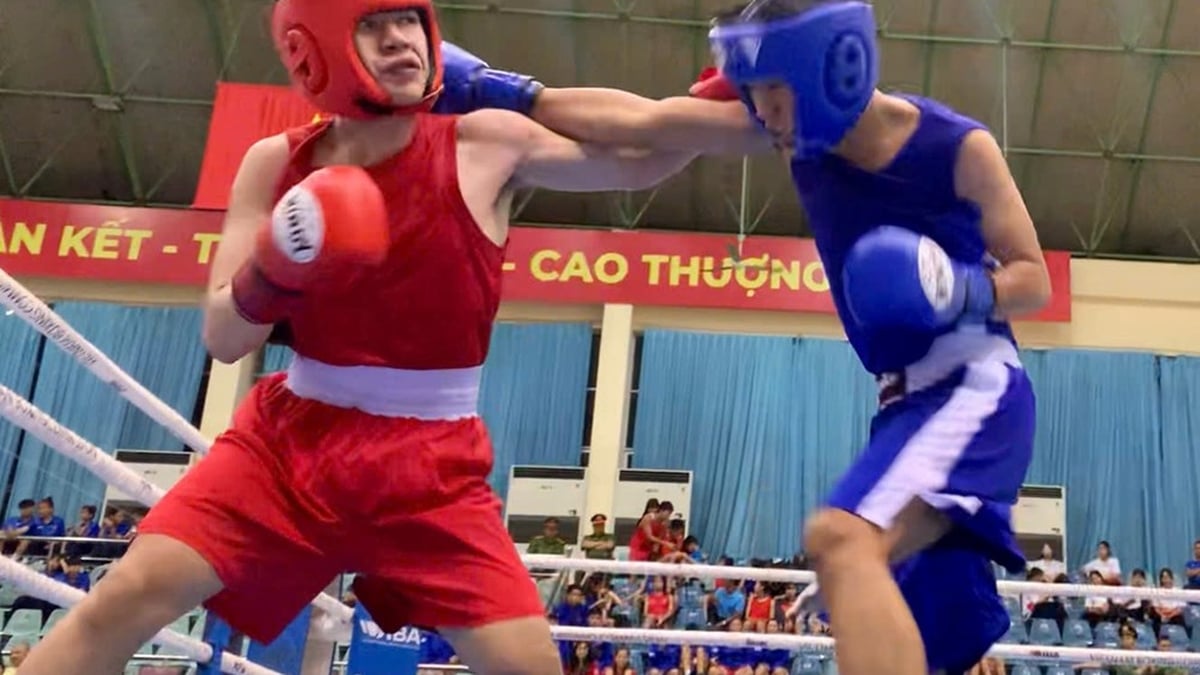
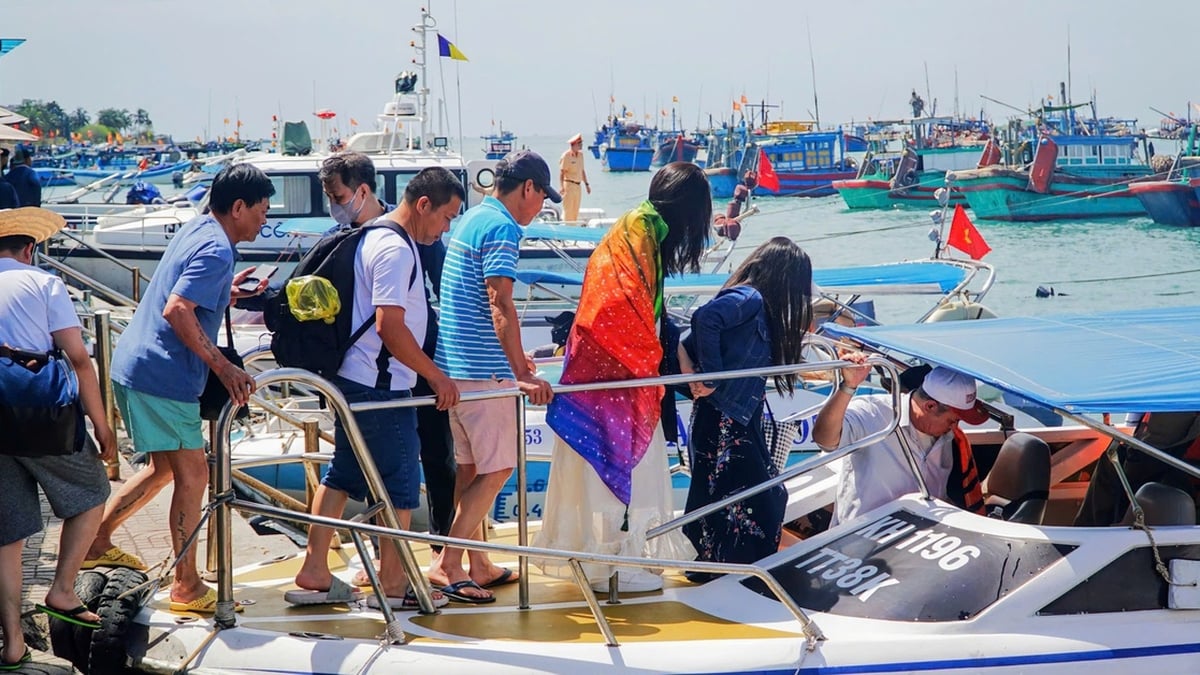
















![[Photo] National Assembly Chairman Tran Thanh Man visits Vietnamese Heroic Mother Ta Thi Tran](https://vphoto.vietnam.vn/thumb/1200x675/vietnam/resource/IMAGE/2025/7/20/765c0bd057dd44ad83ab89fe0255b783)



































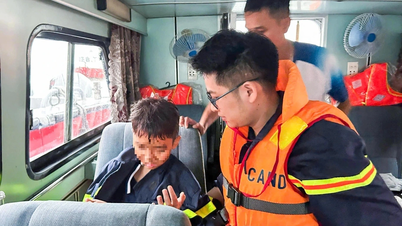

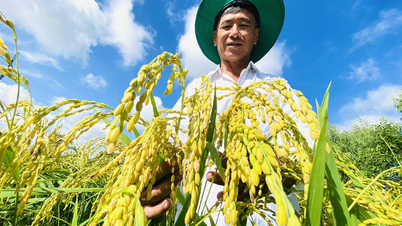









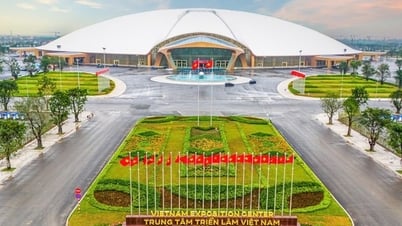

























Comment (0)